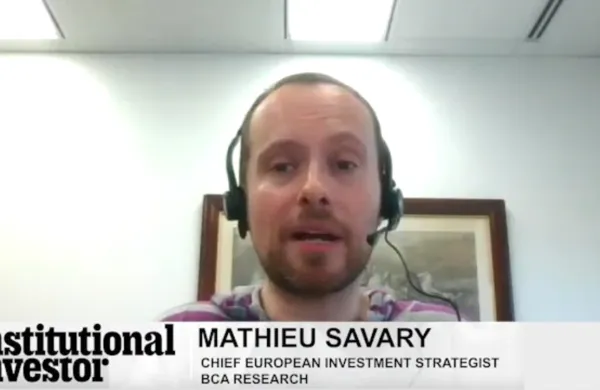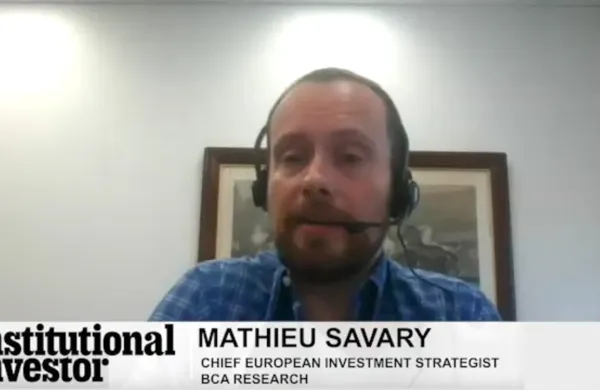As the week winds down, global equity markets are rallying on the prospect of further stimulus by central bankers. The Pavlovian response to media reports that the European Central Bank, headed by president Mario Draghi, will launch an aggressive asset purchase facility in 2015 sent stock markets in Europe higher over the past two sessions. As Adrian Miller, director of fixed-income strategies at GMP Securities in New York noted in a report yesterday, “Despite the appearance that this is new news, it really isn’t. President Draghi said last month that ECB staff was working on developing a broad-based package.” Nevertheless, the rumor was sufficient to embolden buyers in equity markets. Meanwhile, Chinese equity markets have also rallied, with the discount of Hong Kong listings to Shanghai reaching record double-digit levels at the expense of local bond markets even as further action from the People’s Bank of China appears somewhat less likely. In the U.S., where critical employment data is due out from the Department of Labor today, equity bulls remain strong even as the consumer impact of cheap oil and a strong dollar outweigh the Federal Reserve’s retreat from markets on investor sentiment.
German factory orders rise. Seasonally adjusted new factory orders grew by 2.5 percent in Germany in October, according to data from the Ministry for Economic Affairs and Energy in Berlin. The reading, which was accompanied by an upward revision to September levels, exceeded consensus forecasts with domestic orders as the primary driver for improvement. These numbers suggest that internal investment is rebounding in the European Union’s largest economy despite weak external demand. Separately, the Bundesbank today cut 2015 gross domestic product projections in half to 1 percent growth.
Oil gets no reprieve. With both Brent and West Texas Intermediate crude oil futures contracts poised to register their second weekly decline, supply data remains bearish. In a statement released this week the state-run Saudi Arabian Oil Company (Aramco) announced prices for Asian exports at a discount from regional benchmarks. Multiple bank analysts today reiterated the perception that Saudi leadership is dedicated to securing increased market share, regardless of short-term price fluctuations.
Auto sales slow in China. Passenger Car Association data release today showed a slump in retail automotive sales in China in November with a 5 percent climb in cars, sport-utility vehicles and light utility vehicles to a total of 1.71 million units. Passenger auto sales for the first ten months of the year rose 9.8 percent, compared to double-digit growth in recent years. This tapering off in consumer buying in the world’s fastest-growing automotive market coincides with a number of recent high-profile announcements by foreign companies of increased capacity, including Volkswagen, which has raised its production target to top 4 million cars annually by 2018.
Portfolio Perspective: Gold Miners -Sharpening Pencils, Sharpening Axes — Joseph Fazzini, Dundee Capital Markets
With the price of gold under pressure, producers have adapted to the current environment through cost cutting. Admittedly, some have been more active than others on reducing costs, though virtually all have made an effort to rein in nonessential spending, which should trickle down to various components of fully loaded cash costs (FLCC). Our definition of FLCC at Dundee reflects the sum of total cash costs (including royalties), plus, cash general and administrative expenses, exploration, cash taxes, cash interest and true sustaining capital costs. Given that the measure takes into account all costs associated with running a mining company, we believe our FLCC definition provides an indicative measure of a gold producer’s cash margins per gold equivalent ounce sold. Apart from head count reductions, management teams have trimmed ancillary spending on noncore projects, with exploration budgets being cut back or eliminated altogether. Despite the reduced exploration spending, most companies continue to drill targets proximal to existing operations. Case in point, B2Gold has suggested plans to tighten up its 2015 gold exploration program by focusing on targets with potential inclusion in short-term mine plans. Per SNL Metals & Mining, this follows a consistent industry trend with grassroots exploration budgets dropping 58 percent over the past two years in response to declining gold prices. Weighted average exploration expenditures per ounce declined 29 percent year-on-year.
While efforts remain underway to trim spending across the spectrum, we note that for the most part, costs remain sticky, making it difficult to implement sweeping reductions without drastically overhauling operations. While some would argue these changes are necessary, the gold miners find themselves in a challenging predicament where short-term profitability must be weighed against long-term sustainability.
Joseph Fazzini is an equity research analyst covering the precious metals sector for Dundee Capital Markets in Toronto.






